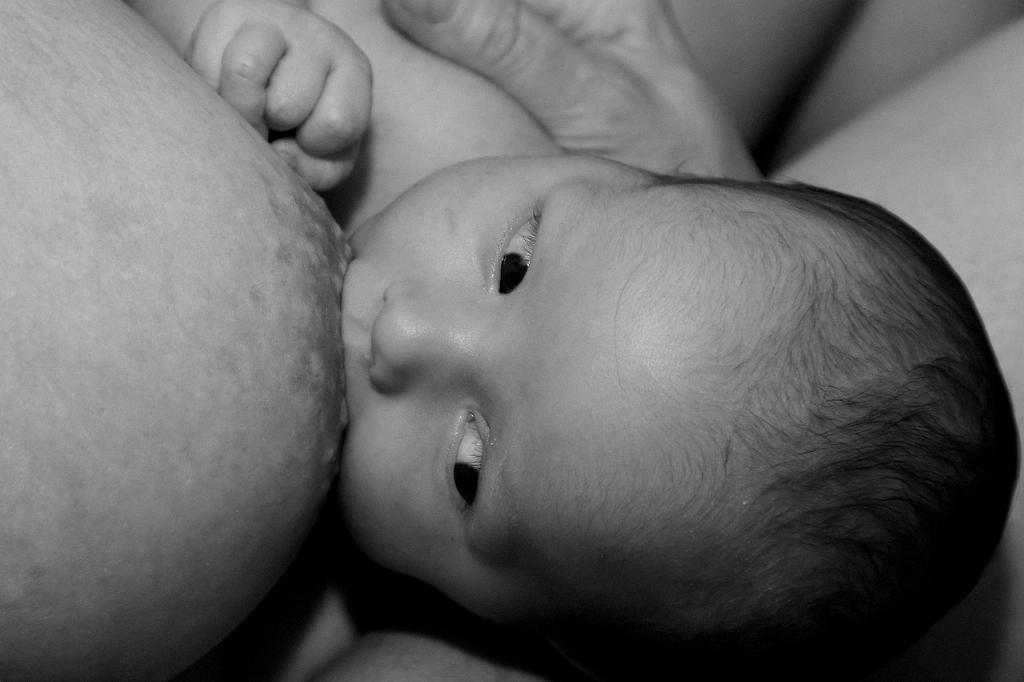When it comes to natural breast milk release, relaxation and massage play a crucial role. Before feeding your baby, take a moment to relax, hold your baby close skin-to-skin, and gently massage your breasts. This not only helps with milk let-down but also promotes bonding between you and your little one.
Self-Care for Milk Let-Down
Self-care is essential for promoting natural breast milk release. Ensuring you get enough rest, maintaining a healthy diet, staying hydrated, and allowing others to assist you can all contribute to a smoother milk flow. Taking care of yourself is a vital aspect of the breastfeeding journey.
Hydration and Nutrition
Staying hydrated and well-nourished is key to natural breast milk release. Drinking an ample amount of water throughout the day and consuming balanced meals rich in nutrients can positively impact your milk supply. Remember, your body needs fuel to produce milk for your baby.
Optimal Breastfeeding Environment
Creating an optimal breastfeeding environment can help with natural milk release. Find a quiet and comfortable space where you feel relaxed and at ease. Minimizing distractions and creating a peaceful atmosphere can enhance the breastfeeding experience for both you and your baby.
Regular Breastfeeding Sessions
Consistency is key when it comes to natural breast milk release. Establishing a schedule for regular breastfeeding sessions helps signal your body to produce milk at the right times. Frequent and effective feedings can support a healthy milk supply.
Seeking Support and Guidance
Don’t hesitate to seek support and guidance when it comes to breastfeeding. Consulting with a lactation consultant or joining a support group can provide valuable insights and assistance on natural milk release techniques. Surround yourself with a supportive community.
Using Breast Compression
Applying gentle pressure to your breasts while breastfeeding, known as breast compression, can aid in natural milk release. This technique helps ensure that your baby receives an adequate amount of milk and stimulates further milk production.
Utilizing Skin-to-Skin Contact
Skin-to-skin contact with your baby is a powerful way to facilitate natural breast milk release. Keeping your baby close to your skin can help initiate the breastfeeding reflex and encourage a steady flow of milk. Embrace this intimate bonding experience.
Relieving Stress and Tension
Reducing stress and tension in your body and mind is essential for promoting natural milk release. Practice relaxation techniques, such as deep breathing or yoga, to alleviate any discomfort and create a calm environment for breastfeeding.
Ensuring Proper Latch
Ensuring a proper latch during breastfeeding is crucial for natural milk release. A correct latch helps your baby effectively extract milk from your breast, leading to increased milk supply and a more comfortable feeding experience for both you and your little one.
Embracing the Breastfeeding Journey
Embrace the breastfeeding journey as a unique and special bond between you and your baby. Each feeding session is an opportunity to nurture and nourish your little one naturally. Trust in your body’s ability to produce the perfect milk for your child.
Conclusion
In conclusion, promoting natural breast milk release involves a combination of relaxation, self-care, hydration, nutrition, optimal environment, support, techniques like breast compression and skin-to-skin contact, stress relief, proper latch, and embracing the journey. By incorporating these strategies into your breastfeeding routine, you can enhance the milk flow and create a positive breastfeeding experience for both you and your baby.

